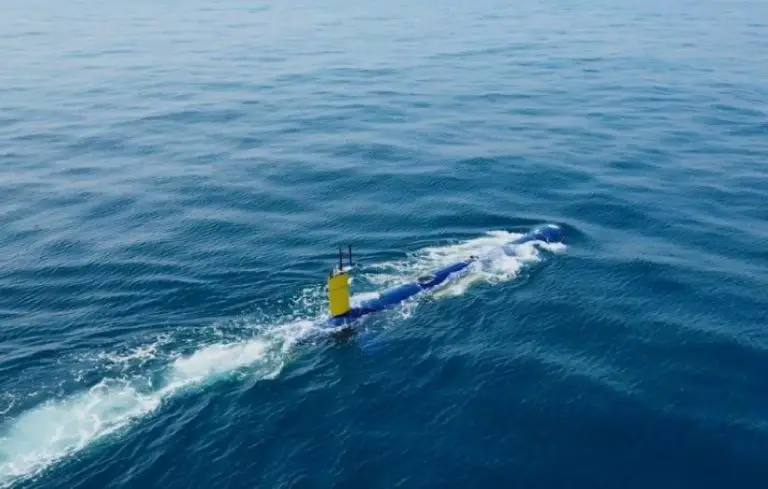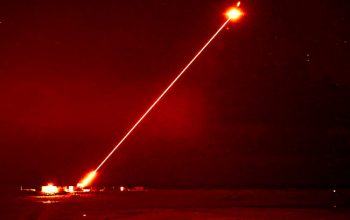Lockheed Martin Rotary and Mission Systems, Owego, New York, is awarded a $28,508,412 cost-plus-incentive-fee, firm-fixed-price order (N00019-20-F-0340) against basic ordering agreement N000019-19-G-0029. This order provides non-recurring and recurring engineering support associated with software and hardware development for Phase I integration of the Digital Magnetic Anomaly Detection (DMAD) sensor into the MH-60R aircraft. Work will be performed in Owego, New York (66%); and Montreal, Canada (34%), and is expected to be completed in October 2023. Non-Department of Defense participant funds in the amount of 3,020,159 will be obligated at time of award, none of which will expire at the end of the current fiscal year. The Naval Air Systems Command, Patuxent River, Maryland, is the contracting activity.
Digital Magnetic Anomaly Detection (DMAD) Set is an advanced laser-pumped Helium magnetometer system designed to detect sub-surface magnetic anomalies caused by submarines. The DMAD is suitable for fixed wing or helo applications. The DMAD system consists of two Weapon Replaceable Assemblies (WRAs), fourteen less than the 16 AN/ASQ-81 associated WRAs. Houses multi-axial Scalar and Gradient Magnetometers with Electronics and Laser Subassemblies. The Sensor also provides data for compensation of magnetic signals caused by aircraft maneuvers and environmental sources. Controls the DMAD Modes and sub-functions. It receives raw and compensated Magnetometer data and formats it for display, storage, and post-mission data extraction.


























